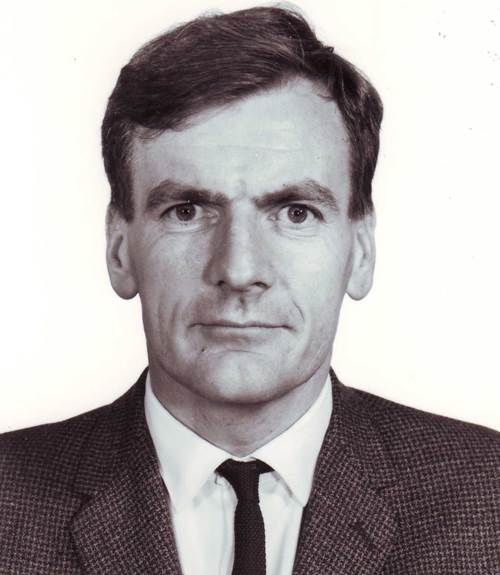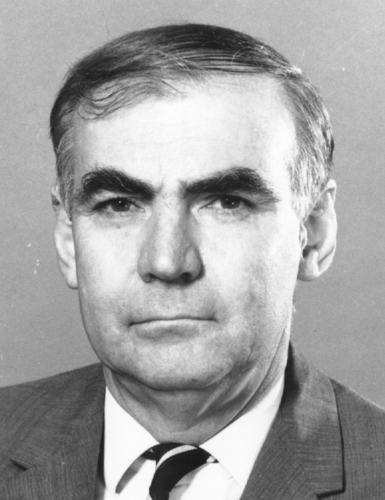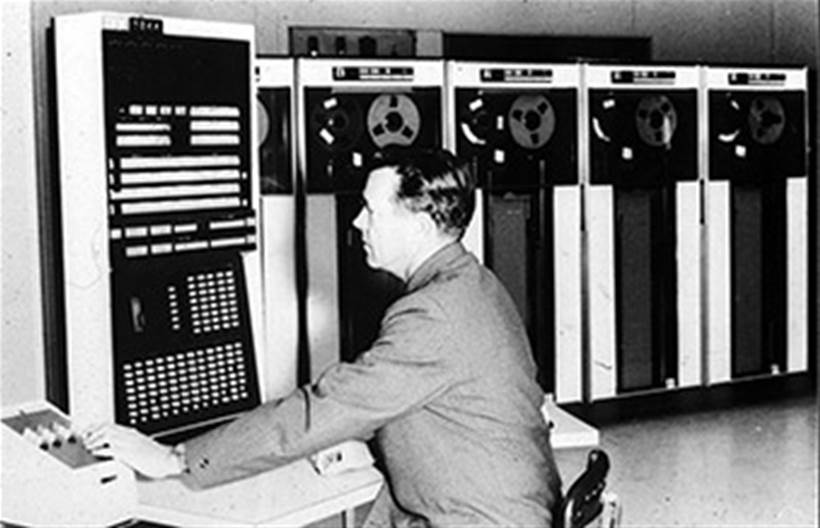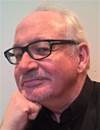Preamble
The Australian Computer Society (ACS) was formed 50 years ago, when the various state computer societies joined forces.
To mark the occasion, the ACS has initiated a heritage project to honour the many individuals who have contributed to the growth of the ICT profession in Australia.
At the heart of the project is a history of computing in Australia. It is not just a history of the ACS, but the history of a profession.
Australia has the longest computing history of any country, excepting the US and the UK, and CSIRAC in the Museum of Victoria is the oldest computer still in existence.
Chapter 10: Five computer societies
The Australian Computer Society formed in 1966 with the amalgamation of the existing state computer societies. It was to be a difficult path, with interstate rivalries and slow communications making discussions difficult.
This week we look at the early state-based computer societies. Next week we will see how they came to gather to form the ACS.
South Australia
The first state computer society in Australia was the Computer Society of South Australia (CSSA). It had its genesis in a meeting called by Professor Renfrey (‘Ren’) Potts of the University of Adelaide on 24 October 1960 to hear an address by Dr Paul Gygax from IBM Research Laboratories on one of the first computer translation programs. It was attended by 160 people.

Ren Potts Credit: University of Adelaide
The CSSA was formed just four days later, with Professor Potts as President and Don Overheu as Vice President. Professor Potts had been appointed to the new Chair of Applied Mathematics at the University of Adelaide in 1959, where he remained until he retired in 1990. He was the inaugural recipient of the ANZAAS (Australian and New Zealand Association for the Advancement of Science) Medal in 1995.
Victoria
The Victorian Computer Society held its first meeting on 15 February 1961 in the physics lecture theatre at the University of Melbourne. It was convened by Dr Frank Hirst and attended by around 200 people. The initial membership count was 186 individuals (‘ordinary members’) and 13 institutional members. This was to grow to 303 individuals and 37 institutions by March 1965.
The Executive Committee comprised Professor Tom Cherry (President), Trevor Pearcey (Vice-President); Dr Frank Hirst (Honorary Secretary), and Brian Stonier (Honorary Treasurer).

Frank Hirst Credit: Museums Victoria Collections
The VCS immediately applied to become a sponsoring society of ANCCAC, and was elected on 30 June 1961. At the first Annual General Meeting, on 28 March 1962, entrance fees were set at one guinea ($2.10) and annual subscriptions at two guineas for individuals and 10 guineas for institutions.
In 1962 a number of special interest groups were established: systems analysis, personnel and training, internal and external audit, input and output systems, systems programming, mathematical models, and computer mathematics. The first VCS Bulletin was produced in September 1962, and a ‘Thesaurus of Terms and Definitions used in Automatic Data Processing’ in 1963.
The Bulletin featured coverage of early computer installations in Victoria. The first five to be covered were:
- IBM 7044 (University of Melbourne)
- LEO III (Shell)
- LEO III (Colonial Mutual)
- ICT 1300 (Local Authorities Superannuation Board)
- IBM 1410 (National Mutual).
Founding President Tom Cherry was knighted in 1965 for his services to education and the sciences, and he became the first Honorary Member of the ACS when it was formed in 1966. He had become Professor of Mathematics at the University of Melbourne in 1929 at the age of 31, a position he held until he retired in 1963. He was elected a Fellow of the Royal Society in 1954 and President of the Australian Academy of Science in 1961. He died in November 1966.
Queensland
The Queensland Computer Society (QCS) was formed in1962, largely at the instigation of Ken Pope, who had come to Brisbane from England to head up a new computing division within the Queensland Government. He had been a founding member of the London Computer Society.
The first meeting, held in a lecture room at the Department of Electrical Engineering at the University of Queensland, attracted 120 people. The first Chairman was Professor Hugh Webster, with Don Overheu (who had moved from South Australia to become the inaugural Director of the Computer Centre at the University of Queensland) as Deputy Chair, Ken Pope as Secretary and Dick Kelly as Treasurer.
New South Wales
The NSW Computer Society (NCS) was founded largely through the efforts of Cecil Potter, one of the pioneers of commercial computing in Australia, at AMP. He was elected President at the NCS’s first meeting on 9 August 1963, with John Bennett (Vice President); Jan Marr (Honorary Secretary) and Denis Macourt (Treasurer).
Like the VCS, the NCS become a sponsoring society of ANCCAC, in 1964. The first Annual General Meeting was held on 23 March 1964, attended by 97 people. A three-day residential conference on ‘New Horizons in Electronic Data Processing’ was held at the Carrington Hotel in Katoomba in September 1964, attended by more than 100 people, and another at the Hotel Florida in Terrigal in October 1965.
The Australian Capital Territory
The only other independent computer society to be formed before the ACS came into being was the Canberra Computer Society, formed in 1965. Don Overheu, who had been a founding member of both the South Australian and Queensland societies, came to Canberra in 1965 to become First Assistant Secretary (Electronic Data Processing) for the Department of Defence.
Trevor Pearcey, nearing retirement, was also in Canberra at this time, with the CSIRO. He became Chairman of the new society, with Overheu as Vice Chairman. Jack Shaw from the Public Service Board was Treasurer and Paul Frost from CSIRO, Treasurer.
Previously published:
Chapter 1 -The start of Australia’s computing history
Chapter 2: The first Australian Computer Conference
Chapter 3: Harry Messel and the birth of SILLIAC
Chapter 5: SILLIAC and the Snowy Mountains Scheme
Chapter 8: Australia's Computer Industry in 1962
Chapter 9: Australian made, Australian designed
Veteran ICT journalist Graeme Philipson is researching and writing the Heritage Project book, which is due for release on the 50th anniversary of the formal incorporation of the ACS, on 3 October 2017.
The project also involves the creation of a ‘virtual museum’, cataloguing hardware and other artefacts, and collecting and curating documents on the history of the industry, including oral histories of as many people as possible.
Please get in touch with Graeme if you would like to contribute, at [email protected]










.jpg.transform/320x180/img.jpg)